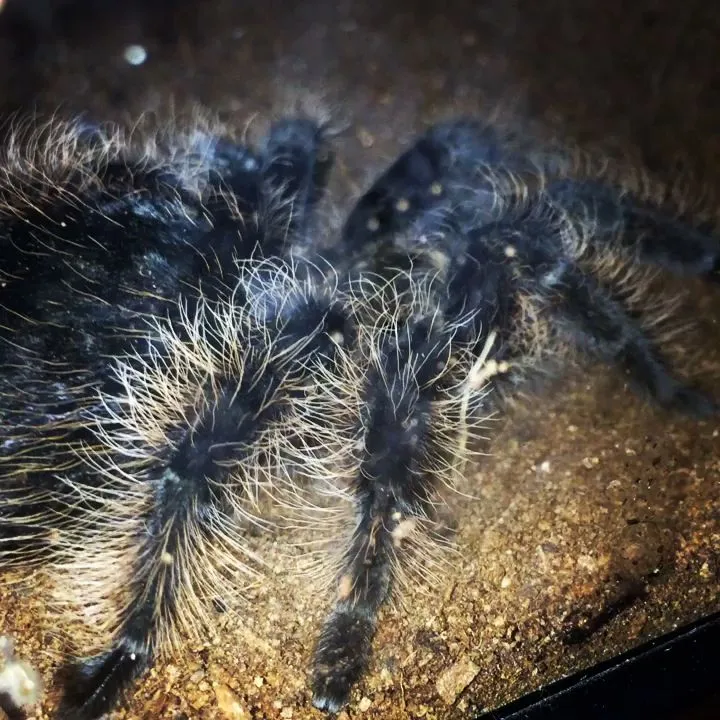What is a Tarantula Pet?
Tarantulas, with their captivating appearance and relatively low-maintenance needs, have become increasingly popular pets. These fascinating arachnids, members of the Theraphosidae family, are known for their large size, hairy bodies, and diverse colors. Unlike many other pets, tarantulas offer a unique and intriguing experience, captivating those who appreciate the wonders of the natural world. Keeping a tarantula as a pet can be a rewarding experience, allowing you to observe their behaviors and appreciate their beauty. However, it’s essential to approach tarantula ownership with proper knowledge and preparation to ensure both the tarantula’s well-being and your own safety. This guide provides essential tips for anyone considering welcoming a tarantula into their home.
Choosing Your Tarantula Pet
Before acquiring a tarantula, thorough research is crucial. Different tarantula species have varying temperaments, sizes, and care requirements. Beginners should consider docile and hardy species, such as the Chilean Rose Hair (Grammostola rosea) or the Mexican Red Knee (Brachypelma hamorii). These species are known for their relatively gentle nature and ease of care, making them ideal for those new to tarantula keeping. It’s also important to consider the lifespan of a tarantula, as some species can live for decades. Ensure you are prepared for the long-term commitment and can provide the necessary care throughout their lifespan. Moreover, always source your tarantula from a reputable breeder or pet store to ensure the spider is healthy and captive-bred.
Selecting the Right Species

When selecting a tarantula, research the specific needs of different species. Consider their size, temperament, and origin. Some species are more prone to defensive behaviors, while others are more docile. For beginners, it’s best to avoid species known for being fast, aggressive, or having potent venom. The Chilean Rose Hair tarantula is an excellent choice due to its generally calm nature and tolerance of varied conditions. The Mexican Red Knee tarantula is another popular option, known for its beautiful coloration and relatively easy care. Be sure to check with experienced keepers before getting a more challenging species.
Consider Your Lifestyle
Evaluate your lifestyle to determine if you can provide the necessary care for a tarantula. Consider the time you can dedicate to feeding, cleaning, and maintaining the habitat. Tarantulas require regular feeding, and their enclosure needs periodic cleaning to maintain hygiene. Also, factor in the space you have available for the enclosure and whether you are comfortable handling insects. If you travel frequently, you will need to arrange for someone to care for your tarantula while you are away. Consider the climate of your home, as you may need to adjust heating or humidity to meet the specific needs of your chosen tarantula species. Owning a tarantula requires a commitment to providing a suitable environment and consistent care.
Setting Up Your Tarantula’s Habitat
The Right Enclosure
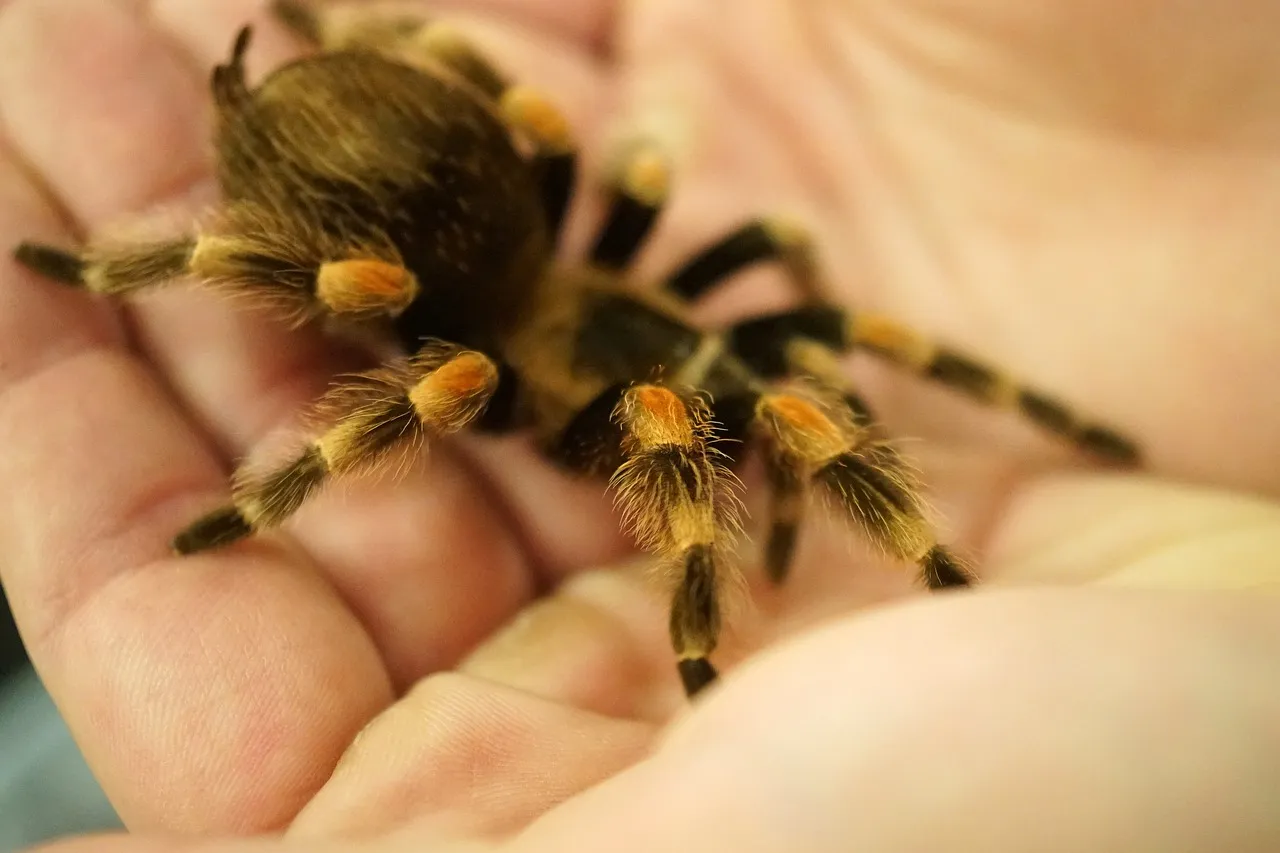
A secure and appropriately sized enclosure is crucial for your tarantula’s well-being. The enclosure should be escape-proof, with a secure lid and no gaps large enough for the tarantula to squeeze through. The size of the enclosure depends on the size of the tarantula, with juveniles needing smaller enclosures than adults. A general guideline is to provide an enclosure that is at least twice the tarantula’s leg span in width and length, and tall enough to allow for burrowing or arboreal activity, depending on the species. Glass or acrylic enclosures are popular choices, offering good visibility and easy cleaning. Avoid enclosures with sharp edges or features that could injure the tarantula. Ventilation is also critical; the enclosure should have cross-ventilation to prevent the buildup of humidity and mold.
Substrate Matters
The substrate is the material at the bottom of the enclosure that provides a surface for the tarantula to walk on and can also help regulate humidity. The type of substrate you choose depends on the species of tarantula. For terrestrial species, a mix of coco fiber, peat moss, and a small amount of vermiculite is generally suitable. This combination holds moisture well, allowing the tarantula to burrow and create a comfortable environment. Arboreal species require a substrate that allows them to climb and burrow, like a mix of coco fiber, sphagnum moss, and wood chips. Always ensure the substrate is clean and free of pesticides or chemicals. Replace the substrate periodically to maintain hygiene and prevent the growth of mold or bacteria. Provide a shallow water dish for hydration.
Temperature and Humidity
Maintaining the correct temperature and humidity levels is crucial for your tarantula’s health. Most tarantulas thrive in temperatures between 70°F and 85°F (21°C and 29°C). Use a thermometer to monitor the temperature in the enclosure. Supplemental heating, such as a heat mat or ceramic heat emitter, may be necessary in cooler environments. However, never place the heat source directly inside the enclosure, and always use a thermostat to regulate the temperature. Humidity levels vary depending on the species. Terrestrial species often require a humidity level of around 60-70%, while arboreal species may need higher humidity. Monitor the humidity with a hygrometer and mist the enclosure with water to maintain the appropriate levels. Ensure adequate ventilation to prevent the growth of mold.
Feeding Your Tarantula
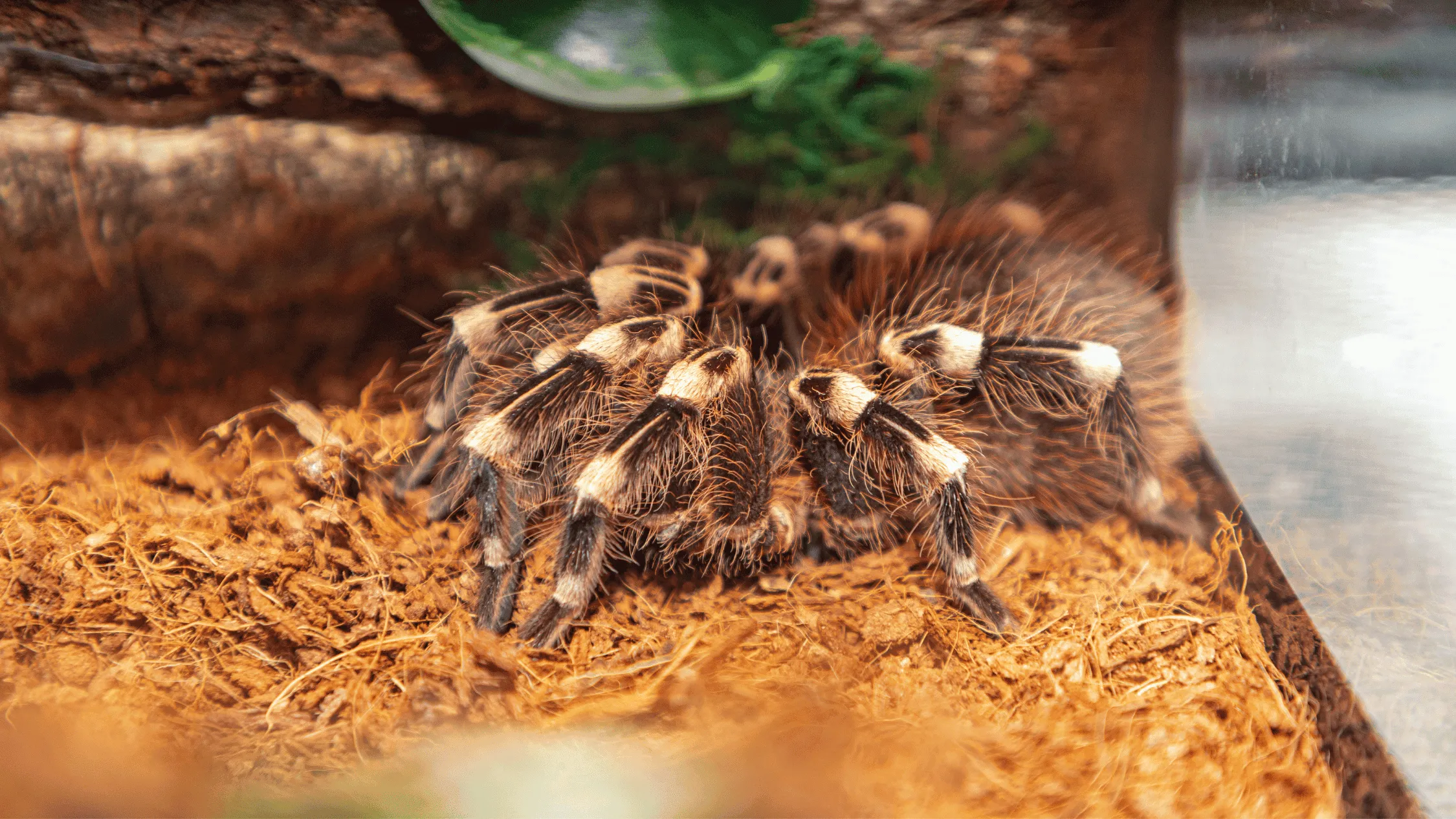
What to Feed
Tarantulas are carnivores and primarily feed on insects. The diet should consist of appropriately sized insects, such as crickets, mealworms, dubia roaches, and other readily available feeders. The size of the prey should be roughly the same size as the tarantula’s abdomen. Avoid feeding your tarantula insects that are too large, as this can cause stress or injury. Ensure the insects are gut-loaded with nutritious food before feeding them to your tarantula. This enhances the nutritional value of the insects and benefits your pet. Remove any uneaten food after 24 hours to prevent mold and bacteria growth.
Feeding Frequency
The feeding frequency depends on the tarantula’s age and species. Juvenile tarantulas typically need to be fed more frequently than adults. Feed young tarantulas 2-3 times a week, while adult tarantulas can be fed once or twice a week. Adjust the feeding frequency based on the tarantula’s condition. A well-fed tarantula will have a plump abdomen. If the abdomen appears thin, increase the feeding frequency. If the tarantula refuses food, it may be preparing to molt. Always provide fresh water in a shallow dish.
Handling Your Tarantula
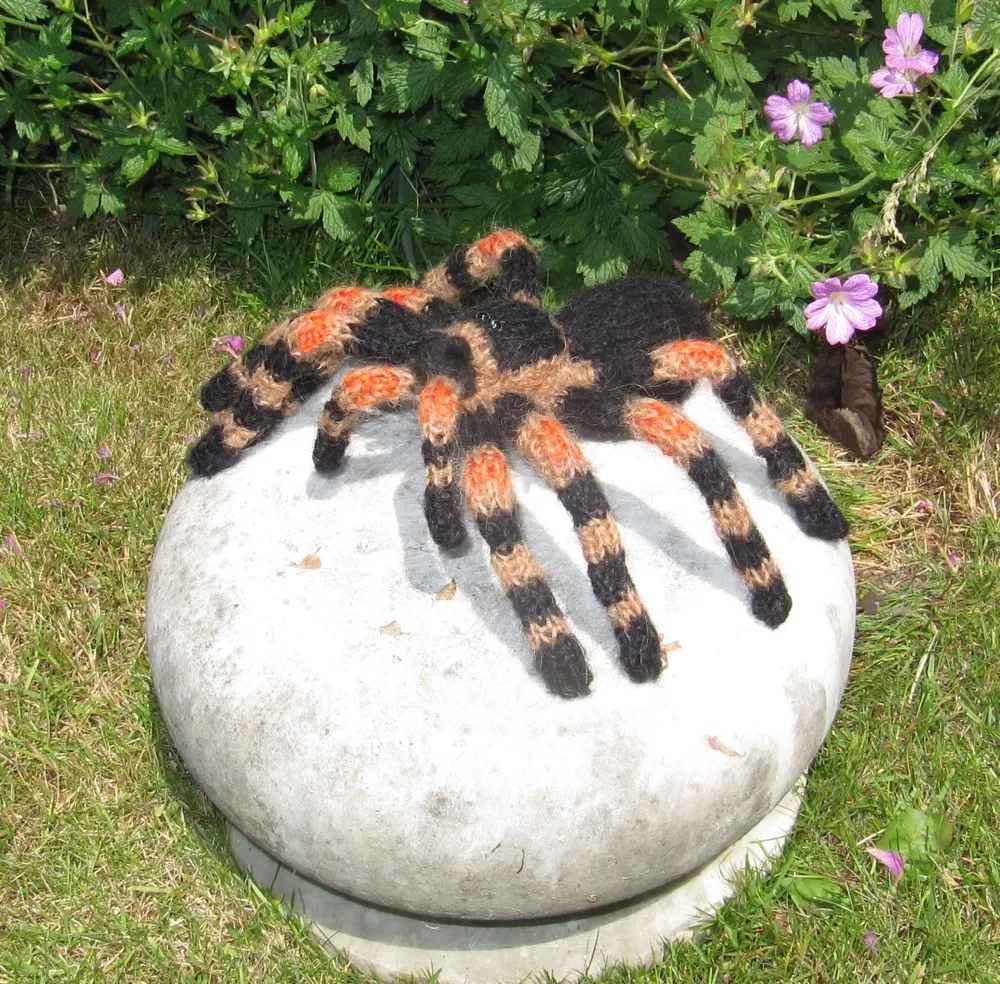
When to Handle
Handling a tarantula is not always necessary, and many tarantula keepers prefer to observe their pets without handling them. However, if you choose to handle your tarantula, do so with caution. Avoid handling your tarantula if it is about to molt, has just molted, or is exhibiting defensive behaviors. Defensive postures include raising the front legs, exposing fangs, or flicking hairs. These are signs that the tarantula feels threatened and should be left alone. Also, avoid handling the tarantula when it is stressed or after it has been disturbed. Always wash your hands before and after handling.
How to Handle
If you choose to handle your tarantula, do so in a safe environment, such as close to the ground or over a soft surface. Use a soft brush or a gentle nudge to encourage the tarantula to move onto your hand. Avoid sudden movements or actions that could startle the tarantula. Be prepared for the tarantula to move quickly and maintain a calm demeanor. Always handle the tarantula gently and support its body. If the tarantula shows signs of stress or defensiveness, such as flicking hairs, gently place it back in its enclosure. Never force a tarantula to be handled. Remember that tarantulas are delicate creatures, and improper handling can lead to injury.
Tarantula Health and Common Problems

Like any pet, tarantulas can experience health issues. Recognizing the signs of a healthy tarantula is crucial. A healthy tarantula is active, has a plump abdomen, and eats regularly. Signs of illness include lethargy, loss of appetite, difficulty moving, and unusual behaviors. Common problems include dehydration, mites, parasites, and fungal infections. If you notice any signs of illness, consult an experienced tarantula keeper or a veterinarian familiar with arachnids. Early detection and treatment are essential for your tarantula’s well-being. Prevention includes providing a clean and appropriate environment, proper feeding, and regular monitoring of the tarantula’s health.
Shedding
Tarantulas shed their exoskeletons, a process called molting, as they grow. Molting can be a vulnerable time for tarantulas. Before molting, a tarantula may stop eating, become less active, and spend more time in hiding. The tarantula will usually flip onto its back to molt. The process can take several hours, and it is essential to avoid disturbing the tarantula during this time. After molting, the tarantula’s exoskeleton is soft, and the tarantula will need time to harden. Do not feed the tarantula until its fangs have fully hardened, typically a week or two after molting. Provide a humid environment to assist in the molting process. Removing any uneaten food is also important.
Parasites and Pests
Tarantulas can be susceptible to parasites and pests. Mites are a common problem, often appearing as tiny red or white dots on the tarantula or its enclosure. To prevent mites, ensure that the substrate is clean and dry. If you notice mites, you may need to change the substrate and thoroughly clean the enclosure. Other pests, such as fungus gnats, can also be problematic. Maintaining a clean environment and avoiding over-watering can help prevent pest infestations. Isolate any tarantula showing signs of infestation and consult a knowledgeable source for appropriate treatment.
Conclusion
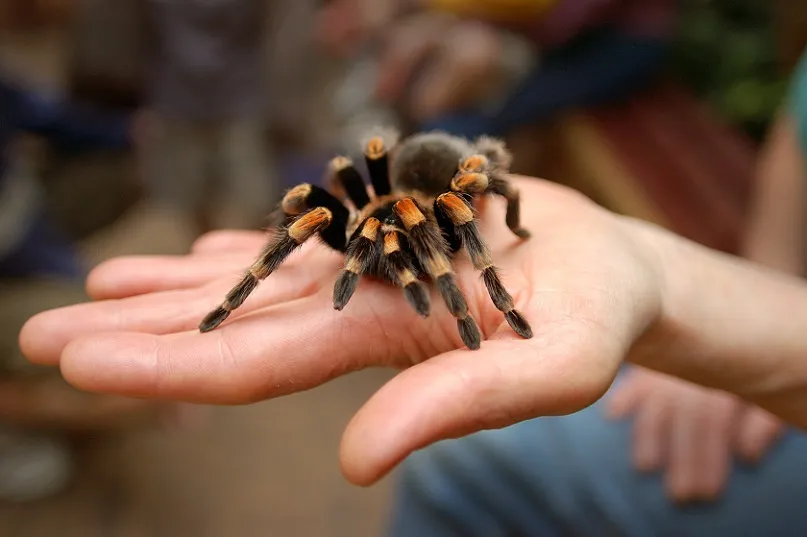
Keeping a tarantula as a pet can be a rewarding and fascinating experience. However, it requires careful planning, research, and commitment to provide the best possible care. By following these essential tips on choosing a tarantula, setting up the right habitat, providing proper feeding and handling, and understanding their health needs, you can ensure your tarantula thrives. Remember to always prioritize the well-being of your pet, and enjoy the unique experience of keeping these amazing creatures. With the right knowledge and care, you can enjoy the companionship of a tarantula for many years to come. Consider the long-term commitment, and be prepared to provide the right environment, and consistent care for your tarantula.
